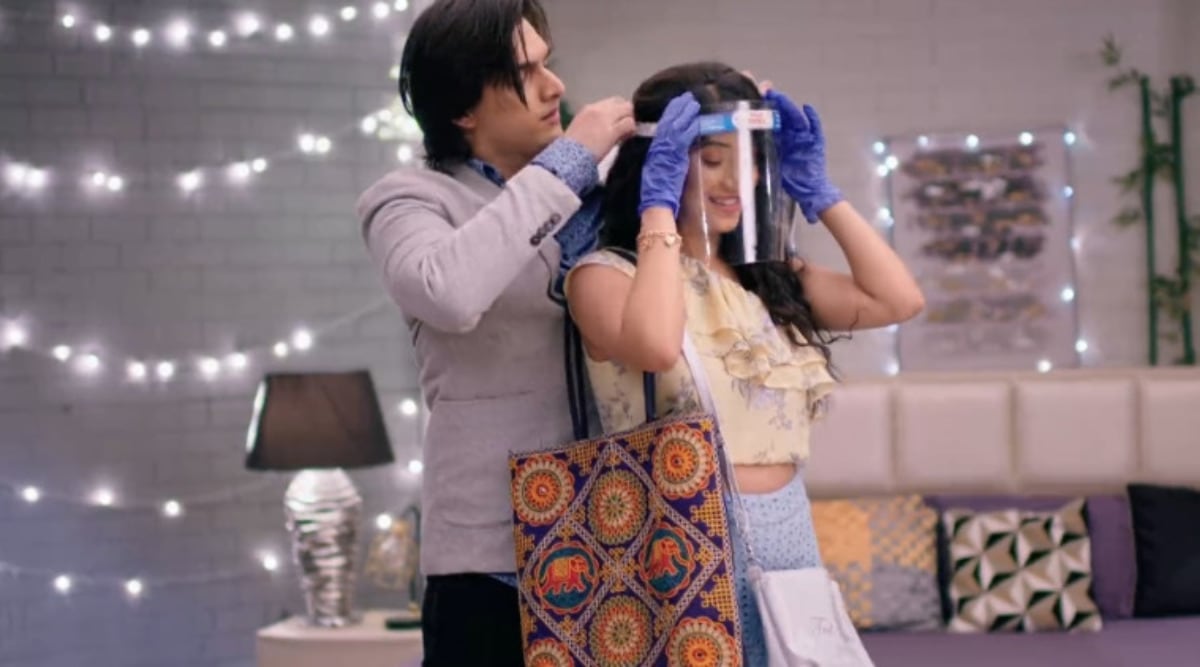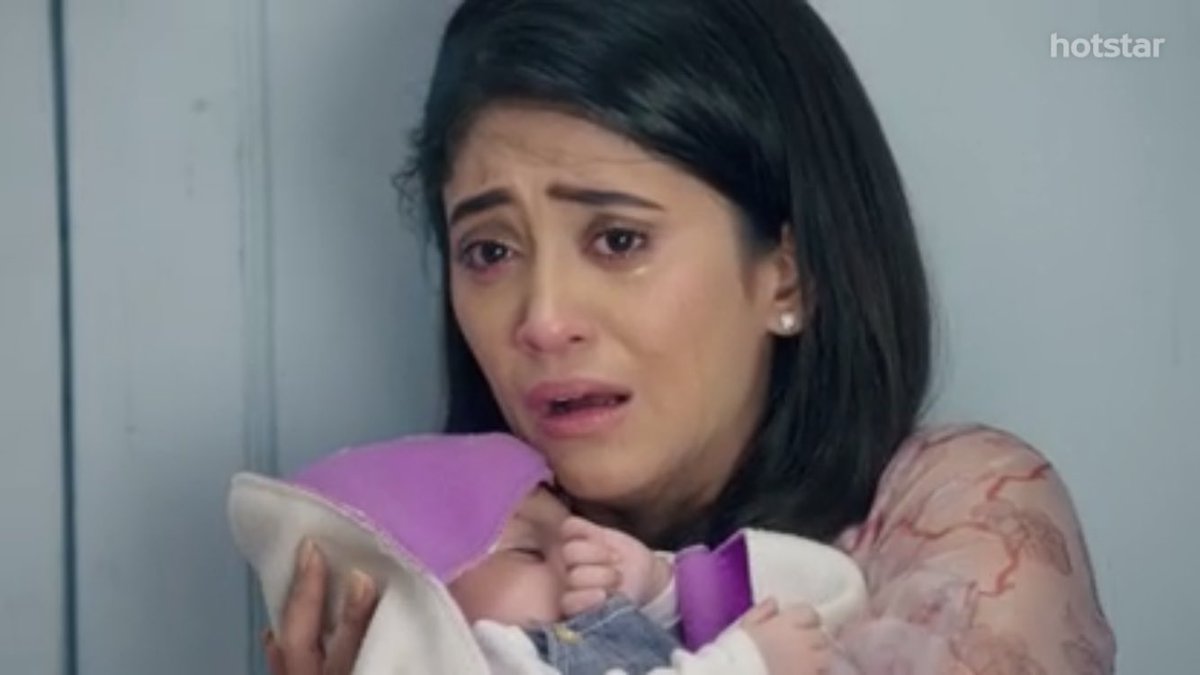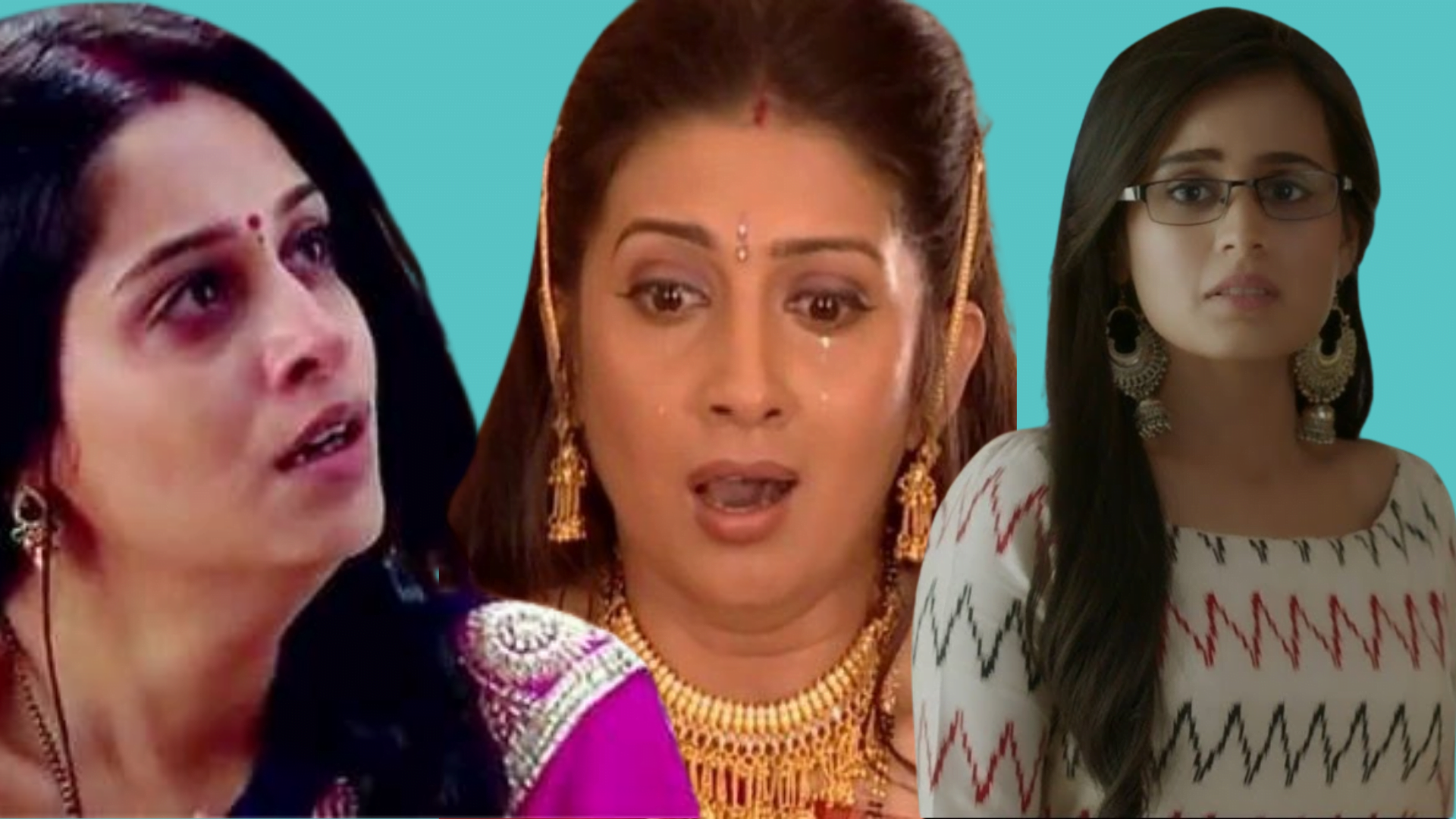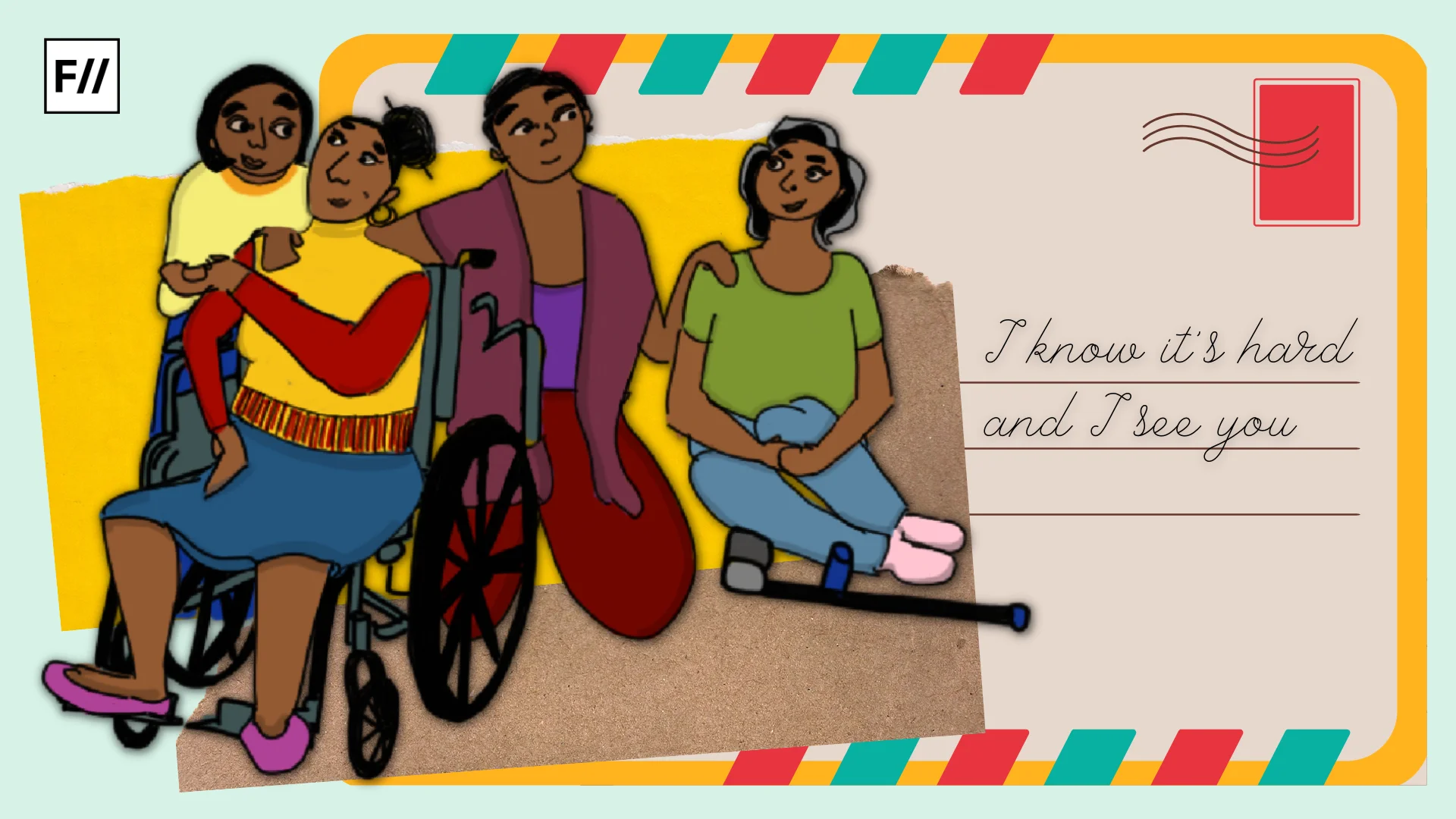Since Deepika Padukone’s revelations about her struggle with mental health in 2015, the Hindi film industry has grown to be more vocal about destigmatising and advocating for mental health. With films like Dear Zindagi (2016) and Chhichhore (2019), filmmakers and celebrities alike are constantly trying to normalise conversations about mental health. But there continues to be almost no discussion or representation of mental health in TV serials or the small screens.
Specifically, TV serials almost never address mental health, despite discussing other relevant societal issues like domestic violence or COVID-19. And while TV serials are often stereotyped as being regressive, outdated, and overdramatic, they are still an integral component of India’s entertainment system. So, here are three reasons why mental health representation on smaller screens is needed in order to increase mental health awareness and destigmatise mental health conditions and care.
Specifically, TV serials almost never address mental health, despite discussing other relevant societal issues like domestic violence or COVID-19. And while TV serials are often stereotyped as being regressive, outdated, and overdramatic, they are still an integral component of India’s entertainment system.
Also read: Rasode Mein Kaun Tha? – The Kitchen As A Site Of Contention In Feminist Politics
1. TV serials have a large and very dedicated fan base, with ever-increasing viewership in rural areas.
With the ever-growing popularity of OTT platforms like Netflix and Amazon Prime, it can be hard to believe that many people even watch TV serials these days. But the numbers prove otherwise. An estimated 8 million people per week tune in to watch India’s top-rated serial, Kundali Bhagya. And 300 million users use Hotstar, the online platform for watching a number of TV serials.
And thanks to their popularity with Indian audiences, many serials last for years, acquiring a dedicated fan base over time. For example, the popular romantic serial Kasautii Zindagii Kay (2001-2008) amassed such a large and loyal fan base that Star Plus launched a remake of the show in 2018. And there are numerous such serials with similar fan bases, making them great platforms for delivering social messages, including information about mental health.
Additionally, serials are a primary mode of entertainment in rural areas. According to the Broadcast Audience Research Council (BARC), 422 million rural residents have access to a television, and serials are among the most-watched content in rural areas. Therefore, any social messaging included within TV serials would reach a large percentage of rural viewers.
Coincidentally, these same viewers are an important target audience for mental health representation. A 2018 study conducted in rural Vellore revealed that perceived mental health stigma is higher in rural communities compared to urban areas. 75 percent respondents in the study believed that people looked down upon those hospitalised for mental illness and upon their families. Another study conducted in Assam, Kolkata, and Uttar Pradesh showed similar results, which led to a higher treatment gap in rural areas.
Reducing this stigma is therefore necessary to bridge this gap and help rural residents obtain help for their conditions. And the only way to reduce stigma is to educate residents about mental health and normalise mental health care within these communities. In urban areas, many residents have access to online social networks and more mental health resources that help to destigmatise mental health. However, many in rural areas lack the same resources, often making television a primary way to help spread social awareness about mental health. Given that many rural viewers watch TV serials as a primary mode of entertainment, TV serials would then make an effective platform for educating viewers about mental health.
2. TV serials are already effective in tying in relevant societal issues into their plot points and can positively affect viewer attitudes about certain issues.
Long running TV serials are already in the habit of incorporating important societal issues into their content. For example, Diya Aur Baati Hum (2011-2016) discussed gender equality and women’s empowerment, Silsila Badalte Rishton Ka (2018-2019) discussed domestic violence, and Patiala Babes (2018-2020) discussed child abuse. And India’s longest running serial Yeh Rishta Kya Kehlata Hai (YRKKH) has included tracks on all of these topics and even included important COVID-19 advice.

For TV serials, including social messaging is beneficial as it fits into their dramatic plot tracks, which in turn increase TRP levels and simultaneously increase awareness about these topics for viewers. Mental health representation can be incorporated in similar ways as well, resulting in a win-win situation for both the viewers as well as showrunners and producers.
In fact, studies have shown that rural viewers absorb a great deal of attitudes and information from serials. A study conducted during 2014-2016 revealed that a Doordarshan serial called Main Kuch Bhi Kar Sakti Hoon was watched by over 400 million viewers over a span of two seasons. This serial was intended to be a form of “edutainment”: both educational as well as entertaining. It discussed topics including child marriage, domestic violence, quality of health care, and family planning among others.
After the first season, the Population Foundation of India (PFI) evaluated 30,000 households in rural Bihar and Madhya Pradesh, asking for their opinions about some of the topics discussed on the show. The results were shocking, with significant improvements in viewer attitudes about child marriage, domestic violence, and family planning.
The number of viewers who knew the legal age to get married increased by 20 percent after watching the show. Additionally, in the Nayagaon village, a sixteen-year old girl was inspired to continue pursuing higher education, with her family’s support. This marked the first time a girl would seek further education there. Meanwhile, in Bihar’s Chhattarpur village, a group of men banded together to fight against domestic violence and aid their wives in housework. For rural villages, this was an unprecedented step and a huge improvement, demonstrating how proper social messaging can spark positive change.
If a similar “edutainment” model were used to increase mental health awareness in TV serials in India, attitudes about mental health could change for the better. This could prompt more people to seek help and support others doing so, which could increase access to care as well.
3. Thanks to their exaggerated plotlines, TV serials provide a brilliant platform to introduce mental health conditions or mental health treatment.
As the recent “Rasode Mein Kaun Tha” memes so comically highlighted, TV serials can be quite melodramatic. Ironically enough though, it is the over-the-top and dramatic nature of TV serials that make them perfect for introducing topics like mental health conditions and therapy to Indian audiences.
To maintain viewers’ interest, makers often include plot twists that subject their characters to insurmountable levels of trauma. Consider TV serial YRKKH’s main protagonist Naira. She ran away from home as a child, grew up in an orphanage, and returned home after a few years, only to lose her mother in a car accident soon after. Eventually, she fell in love and got married, only to find out that she had a life-threatening blood clot in her brain which required risky surgery. Managing to make a full recovery, Naira soon became pregnant, but her child was stillborn.

After a brief accident and temporary memory loss, she discovered that she was pregnant again. But just before she could tell her husband, he falsely accused her of having an affair with her boss, as he was jealous of her professional success. Devastated, she ran away, gave birth, and struggled to raise her chronically ill child alone. Needing financial help for her son’s treatment, Naira returned home, only to discover that her husband had married someone else, believing Naira to be dead for five years.
This character track may seem jarring, but showrunners often introduce such bizarre plotlines to gain more views and generate high TRP levels for advertiser sponsorships. In doing so, however, they also unwittingly set unrealistic expectations for their viewers. Protagonists like Naira often bounce back from life-altering trauma within a twenty-two minute episode. This minimises the trauma faced by the characters in TV serials and could potentially propagate the idea that recovering from trauma is easy or no big deal.
Protagonists like Naira often bounce back from life-altering trauma within a twenty-two minute episode. This minimises the trauma faced by the characters in TV serials and could potentially propagate the idea that recovering from trauma is easy or no big deal.
However, human beings can rarely suffer so much and emerge unscathed. Considering the amount of influence TV serials carry, it is imperative to emphasise that extra help is sometimes necessary to recover from traumatic experiences. Or alternatively, sometimes, we just need support, regardless of whether or not we’ve faced trauma.
With their plot twists, TV serials already have the perfect backdrop within which to insert mental health storylines. And showing a protagonist seeking help with their family’s support and being vocal about going in for treatment can change prevailing stigmas surrounding therapy and medications, while also educating the public about different conditions and treatment options.

In fact, some TV serials and shows have already started incorporating mental health into their storylines. Take for example, Star Plus’s Yeh Rishtey Hain Pyar Ke. In one of their tracks, the main protagonist Mishti (Rhea Sharma) suffered from PTSD after being the victim of an attempted sexual assault. And while the show didn’t delve deeper into the topics of therapy or treatment, it did portray the symptoms of PTSD while also highlighting the stigma that many face from family and friends. And if Yeh Rishtey Hain Pyar Ke can introduce this plot, then why not other serials?
In the past few months, the TV industry has seen some devastating losses due to mental health issues. Veteran TV actor Sameer Sharma died by suicide this past August, and two other TV actors also died by suicide during the pandemic. And throughout India and the world, the COVID-19 pandemic has taken its toll on everyone’s mental health.
Also read: Indian TV Serials Are Not All About ‘Rasode Mein Kaun Tha?’
Now, more than ever, we need awareness of mental health resources, without the fear of being ostracised or stigmatised. And if smaller screens can be used to disseminate information about the ongoing COVID-19 pandemic, then why not use the same platform to spread information about the mental health pandemic that has plagued us for decades?
Akanksha is a recent graduate from the University of California San Diego with a B.S. in Biochemistry and Cell Biology. She is currently preparing to apply to medical school and enjoys writing about social issues, especially about mental health. She is also a Bollywood fan and loves watching movies and Indian TV shows in her spare time. She can be found on Instagram.





After lockdown the mishti PTSD track on star plus show Yeh Rishte hai Pyar me was presented very shodily and an opportunity was lost to get the viewers awareness on this issue. The writers the directors have done an awful job. The mishti #YRHPK #YehRIshteyHainPyaarKe PTSD was presented more as family abuse the PTSD character than empathy and recovery of a survivor. Abir her spouse helped her but yet mishti was on the receiving end of disgusting emotional torture. The actors did an amazing job